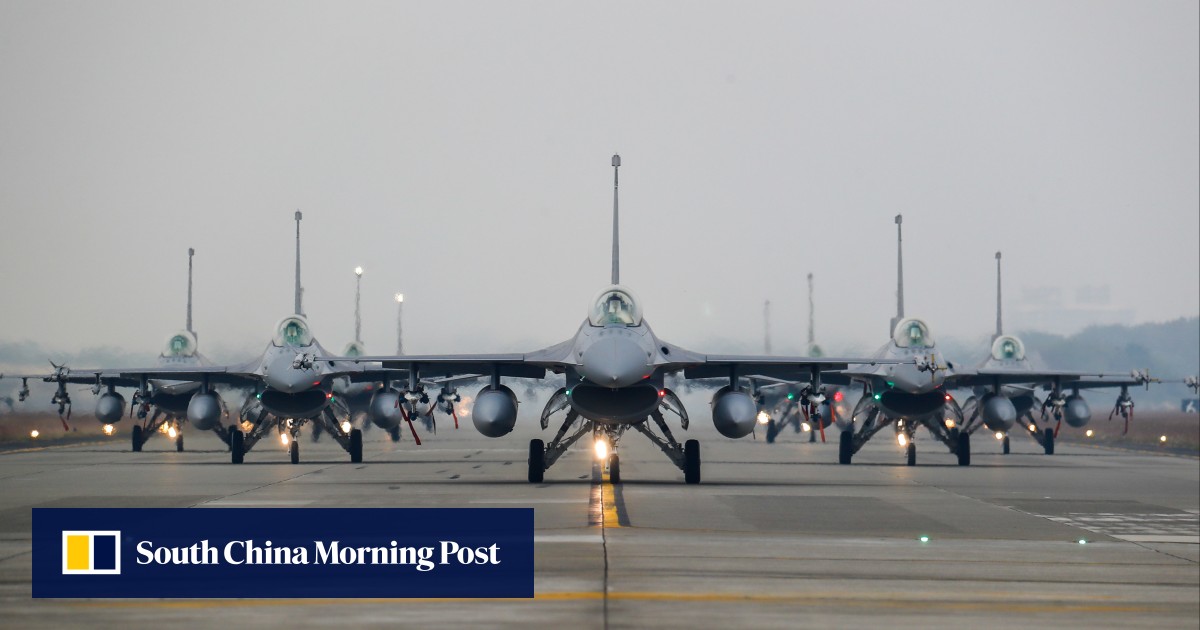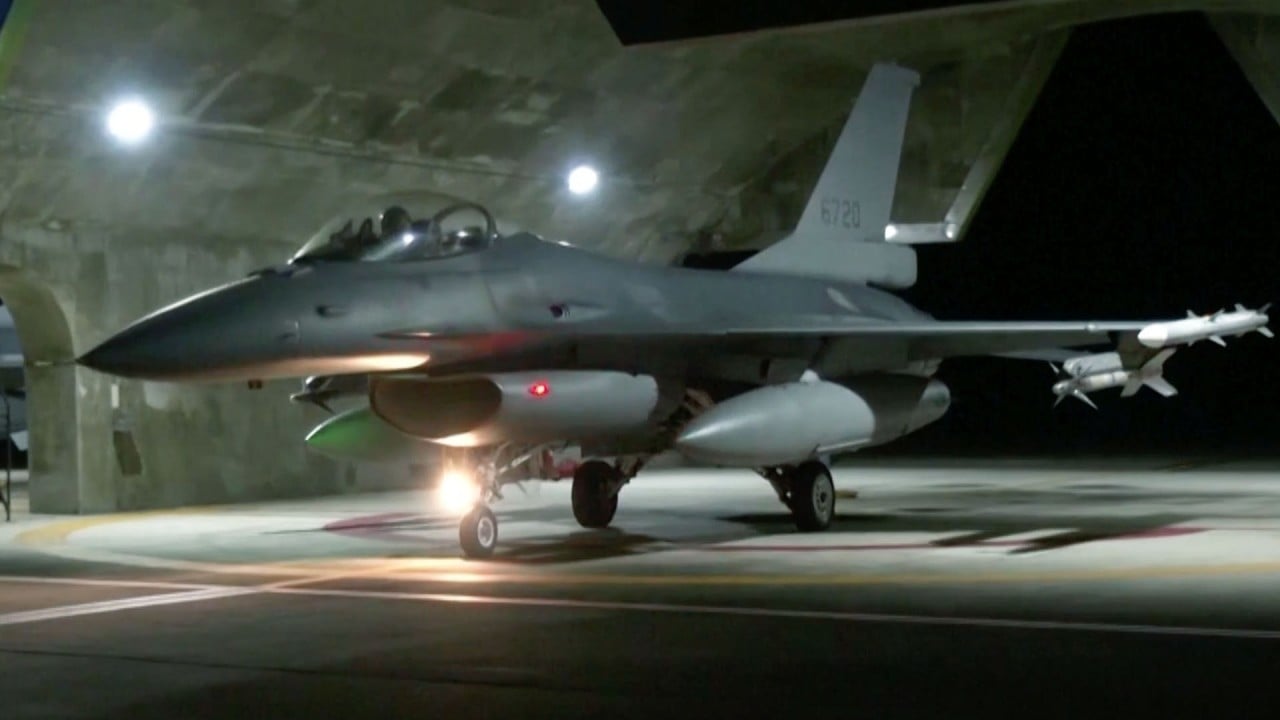Raytheon Missiles & Defence (RMD) has been awarded the US$68 million contract to produce and deliver to Taiwan 50 AGM-154 joint stand-off weapon air-to-ground missiles (AGM-154 Block III C JSOW), the US Department of Defence said in a statement.
It said Arizona-based RMD – a unit of US aerospace and defence conglomerate RTX Corporation – is expected to supply the missiles to Taiwan in four years, with most of the production to be done in Tucson, Arizona.
The contract is part of an arms sale package approved by the Donald Trump administration in June 2017 to help the self-ruled island strengthen its deterrence capabilities in the face of Beijing’s increasing military intimidation.
The election of Lai – who will take over as president in May – has further riled Beijing, which has called Lai an “obstinate separatist” and said his pro-independence stand was a threat to Taiwan.
Like most countries, the US does not recognise Taiwan as an independent state but is opposed to any attempt to take the island by force and is committed to supplying it with weapons.
Why Taiwan arms sales, in place for decades, still spark US-China tensions
Why Taiwan arms sales, in place for decades, still spark US-China tensions
The arms sale package approved in 2017 also includes 50 AGM-88 high-speed anti-radiation air-to-surface missiles (HARM) and 10 AGM-88B training HARM missiles, plus JSOW integration, captive flight vehicles, dummy training missiles, spare parts, personnel training and equipment. The total value is US$333 million.
Under the deal, the US was supposed to supply 56 AGM-154C missiles to Taiwan. The defence department did not say why only 50 would be delivered.
Taiwan’s defence ministry in December 2022 said it had taken delivery of AGM-88B missiles built by Raytheon but did not say how many it received.
Both missiles can be launched from the US-made F-16V fighter jets. The island’s fleet includes 140 upgraded F-16A/Bs and 66 new jets that are expected to be delivered by 2026.
Shu Hsiao-huang, a senior analyst at the Institute for National Defence and Security Research, a government think tank in Taipei, said the AGM-154C missile could reach targets 130km (80 miles) away when deployed from high altitude.
“Equipped with an imaging infrared terminal seeker with autonomous guidance, the AGM-154C – which is a type of air-launched glide cruise missile – would significantly extend the range of Taiwan’s aerial manoeuvres for land-based attacks and block opposing forces in the strait,” Shu said.
“AGM-88 air-to-ground missiles are good at striking the enemy’s anti-air systems, including powerful radars, communications, and electromagnetic interference devices,” he said, adding that both missiles would bolster the combat capabilities of the F-16Vs.
According to RMD, which makes the two missiles, the AGM-154C is a medium-range precision-guided weapon designed to engage defended targets. It said the AGM-88 is a tactical, air-to-surface missile whose primary mission is to suppress or destroy surface-to-air missile radar and radar-directed air defence artillery systems.





)


